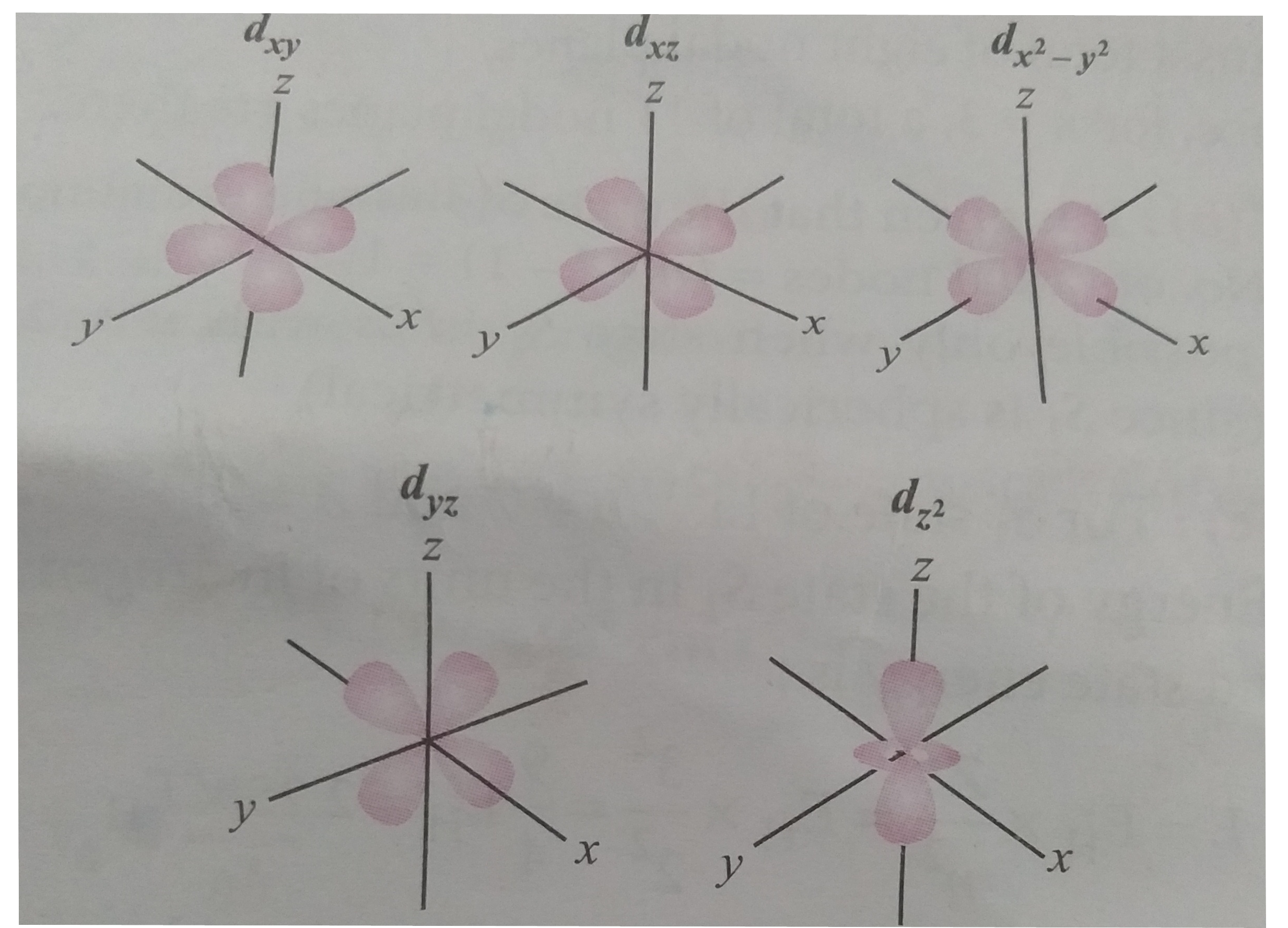Assertion : 3dz2 orbital is spherically symmetrical.
Reason : The shapes of all five d-orbitals are similar to each other.
A
If both assertion and reason are true and reason is the correct explanation of assertion.
B
If both assertion and reason are true but reason is not the correct explanation of assertion.
C
If assertion is true but reason is false.
D
If both assertion and reason are false.
Video Solution
Text Solution
The correct Answer is:D
Only s orbitals are spherically symmetrical. And, the dz2 is the only d orbital which is different from other four d orbitals in shape. The shapes off different d-orbitals are given below:

|
Updated on:21/07/2023
Topper's Solved these Questions
- BOOK - NCERT FINGERTIPSCHAPTER - STRUCTURE OF ATOM EXERCISE - NCERT EXEMPLAR PROBLEMS1videos
STRUCTURE OF ATOM
- BOOK - NCERT FINGERTIPSCHAPTER - STATES OF MATTER EXERCISE - Assertion And Reason15videos
STATES OF MATTER
- BOOK - NCERT FINGERTIPSCHAPTER - THE P-BLOCK ELEMENTSEXERCISE - Assertion And Reason15videos
THE P-BLOCK ELEMENTS
Similar Questions
Knowledge Check
- Question 1 - Select One
dz2-orbital has:
ATwo lobes along z-axisBRing along yz-planeCRing along xy-planeDRing along x axis - Question 2 - Select One
dz20orbital has :
Ahas lobes along z- axis and a ring along xy planeBtwo lobes slong z-axis and two lobes along xy -planeCtwo lobes along z-axis and two a ring along yz -planeDtwo lobes and a ring along z-axis - Question 3 - Select One
d2z orbital has :
ATwo lobes along z-axis and a ring along xy−planeBTwo lobes along z-axis and two lobes along xy-planeCTwo lobes along z-axis and a ring along yz-planeDTwo lobes and a ring along z-axis.
Assertion : 2s orbital is spherically symmetrical .
Reason: s-orbital is sperically dependence.View Solution(A) 3dz2 orbital is spherically symmetrical.
(R) 3dz2 orbital is the only d-orbital which is spherical in shape.View Solutiondz2 orbital is used in hybridisation of :
View SolutionWhich d-orbital has different shape from rest of all d-orbitals ?
View SolutionAll s orbitals are spherically symmetrical, meating that the probability of finding an s electron depends
View Solution

